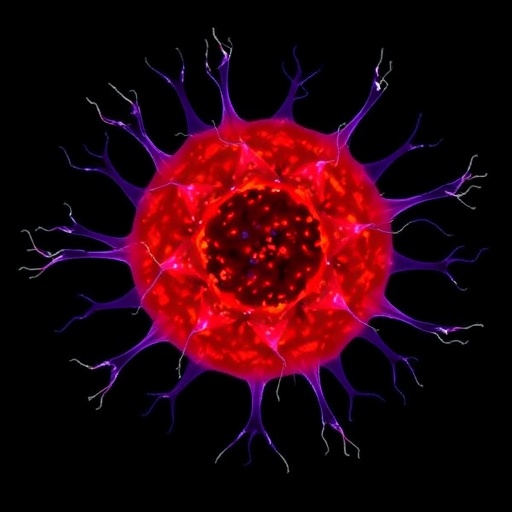ATLANTA — A combination of the anti-CTLA-4 immunotherapeutic ipilimumab (Yervoy) and the anti-PD-1 immunotherapeutic nivolumab (Opdivo) showed clinical benefit among patients with rare, high-grade neuroendocrine carcinoma, according to results from the DART phase II clinical trial presented at the AACR Annual Meeting 2019, March 29-April 3.
“Rare tumor types, as an aggregate, represent nearly a quarter of all cancers,” said Sandip Patel, MD, associate professor of medicine at the University of California San Diego School of Medicine in La Jolla. “Our study highlights the feasibility of performing clinical trials among patients with rare cancers, and hopefully will help dispel the belief that clinical trials are not feasible for this patient population.
“We were pleased to see that patients with high-grade neuroendocrine carcinoma derived benefit from a combination of the two immune checkpoint inhibitors in the DART trial,” said Patel, who is also a medical oncologist with Moores Cancer Center at UC San Diego Health. “Given that current treatment options for patients with high-grade neuroendocrine carcinoma are generally limited to aggressive chemotherapy regimens, this is an exciting finding for this patient population.”
The aim of the Dual Anti-CTLA-4 and Anti-PD-1 Blockade in Rare Tumors (DART) trial is to evaluate the combinatorial efficacy of ipilimumab (1mg/kg every six weeks) and nivolumab (240mg every two weeks) in patients with rare tumor types. This study summarizes the findings from 33 patients with neuroendocrine tumors, with patients with pancreatic neuroendocrine cancers currently being studied in a separate ongoing cohort of DART. The primary endpoint was overall response rate (ORR); secondary endpoints included progression-free survival (PFS) and overall survival (OS).
The most common tumor sites were gastrointestinal (15 patients) and lung (six patients); 58 percent (19 patients) had high-grade disease. Patients had received a median of two lines of therapy prior to enrollment in the trial.
In this neuroendocrine cohort, the ORR was 24 percent, which included one complete response (CR) and seven partial responses (PR). All patients who had a CR or PR had high-grade disease.
“We only observed complete and partial responses among patients with high-grade carcinoma, and one preliminary hypothesis for this finding is that high-grade neuroendocrine carcinomas may have a higher tumor mutational burden, which is an indicator of better response to immunotherapy,” said Patel. “We are planning to verify these results, specifically in patients with high-grade neuroendocrine carcinoma, later this year, as a separate cohort in the DART trial.”
The six-month PFS was 30 percent, and the median OS was 11 months. The most common toxicities included fatigue (30 percent of patients) and nausea (27 percent of patients). The most common immune-related adverse event (irAE) was grade 3-4 abnormal liver function; no grade 5 irAEs were observed.
Patel noted that an advantage of the DART trial was that patients could be treated at local centers, which was convenient for participants and facilitated their accrual. However, due to this design, there was no central pathology review, which represents a key limitation of the study, he added.
The SWOG Cancer Research Network, part of the National Cancer Institute’s National Clinical Trials Network, created DART and is managing the trial. The DART study is funded by the National Institutes of Health through National Cancer Institute grant awards and in part by Bristol-Myers Squibb.
###
Patel reports receiving grants from Bristol-Myers Squibb and personal fees from Bristol-Myers Squibb during the conduct of the study; grants from Eli Lilly, Incyte, AstraZeneca/MedImmune, Merck, Pfizer, Roche/Genentech, Xcovery, Fate Therapeutics, Genocea, and Iovance; and personal fees from AstraZeneca, Illumina, Tempus, and Novartis.
Media Contact
Julia Gunther
[email protected]




